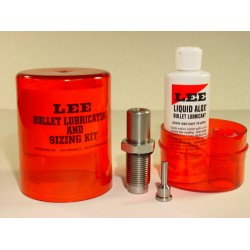Last edited by smokeywolf; 01-18-2017 at 03:58 AM.
Reason: spelling
A well regulated militia, being necessary to the security of a free State, the right of the People to keep and bear arms *shall not be infringed*.
"The greatest danger to American freedom is a government that ignores the Constitution."
- Thomas Jefferson
"While the people have property, arms in their hands, and only a spark of noble spirit, the most corrupt Congress must be mad to form any project of tyranny."
- Rev. Nicholas Collin, Fayetteville Gazette (N.C.), October 12, 1789














 Reply With Quote
Reply With Quote



















